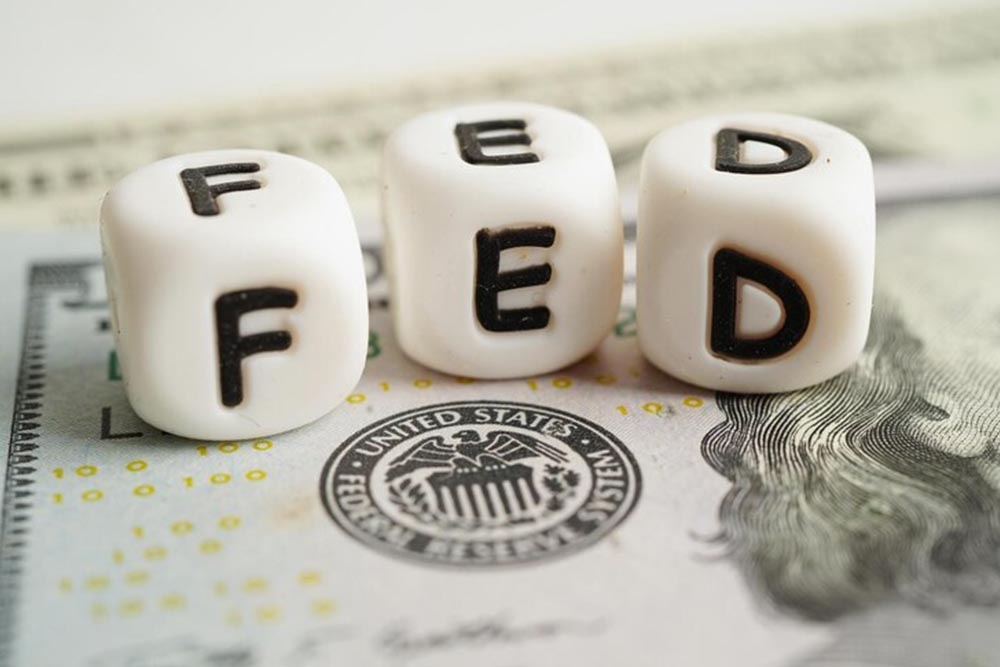Introduction
In a rapidly evolving financial landscape, the intersection of traditional banking and cryptocurrency has become a topic of growing importance. Cryptocurrencies, once viewed with skepticism, have now gained mainstream recognition and adoption. As these digital assets become more integrated into the financial system, regulatory bodies like the United States Federal Reserve (US Fed) are taking proactive steps to ensure the stability and security of the banking sector. One such development is the US Fed’s decision to step up oversight of banks’ involvement with crypto firms, signaling a significant shift in how cryptocurrencies are perceived within the traditional financial ecosystem.
The Crypto Landscape: A Brief Overview
The rise of cryptocurrencies, led by Bitcoin’s inception in 2009, has transformed the way we perceive and engage with money. Beyond the decentralized nature of these digital assets, blockchain technology has opened up avenues for innovation across various sectors, from finance and supply chain management to healthcare and beyond. While cryptocurrencies promise financial inclusivity and transparency, they also come with risks, including market volatility, security concerns, and regulatory challenges.
The US Fed’s Response: Strengthened Oversight
Recognizing the potential benefits and risks associated with cryptocurrencies, the US Federal Reserve has adopted a proactive stance. Recently, the US Fed announced its decision to enhance oversight of banks’ involvement with crypto firms. This move signals a broader effort to strike a balance between embracing innovation and ensuring the stability of the financial system.
The US Fed’s increased oversight comes in the form of more stringent regulatory requirements for banks engaged with cryptocurrency-related activities. This includes providing services to cryptocurrency exchanges, custodial services for digital assets, and facilitating cryptocurrency transactions. By subjecting these activities to closer scrutiny, the US Fed aims to mitigate potential risks to both individual financial institutions and the broader financial system.
Rationale Behind the Enhanced Oversight
Several factors contribute to the US Fed’s decision to intensify its oversight of banks’ crypto-related engagements:
- Financial Stability: Cryptocurrencies’ notorious volatility can pose risks to banks that engage with crypto firms. By closely monitoring these interactions, the US Fed seeks to prevent a situation where a sudden market downturn could threaten the stability of the banking sector.
- Anti-Money Laundering (AML) and Know Your Customer (KYC) Compliance: Cryptocurrencies have been linked to instances of money laundering and illicit activities. The US Fed’s increased oversight aims to ensure that banks are effectively implementing AML and KYC procedures, thereby reducing the potential misuse of cryptocurrencies.
- Consumer Protection: As cryptocurrencies gain mainstream acceptance, more individuals are investing in and using them. By overseeing banks’ interactions with crypto firms, the US Fed aims to safeguard consumers from potential risks and ensure they are adequately informed about the assets they are dealing with.
Balancing Innovation and Regulation
It’s worth noting that the US Fed’s decision to enhance oversight doesn’t necessarily signify a negative stance toward cryptocurrencies. Instead, it reflects a pragmatic approach to strike a balance between embracing technological innovation and safeguarding the financial system.
Cryptocurrencies and their underlying technology, blockchain, hold transformative potential for the financial industry. However, the rapid pace of innovation often outpaces regulatory frameworks. The US Fed’s move to tighten oversight can be seen as a step toward creating a conducive environment where innovation can flourish within well-defined boundaries.
Conclusion
The US Federal Reserve’s decision to bolster oversight of banks’ involvement with crypto firms underscores the increasing importance of cryptocurrencies in the financial ecosystem. By adopting a proactive approach, the US Fed aims to ensure financial stability, protect consumers, and maintain the integrity of the banking sector in the face of rapid technological advancements. Striking the right balance between innovation and regulation will be key to harnessing the benefits of cryptocurrencies while minimizing potential risks. As the crypto landscape continues to evolve, regulatory bodies worldwide will likely navigate similar challenges, ultimately shaping the future of finance.

